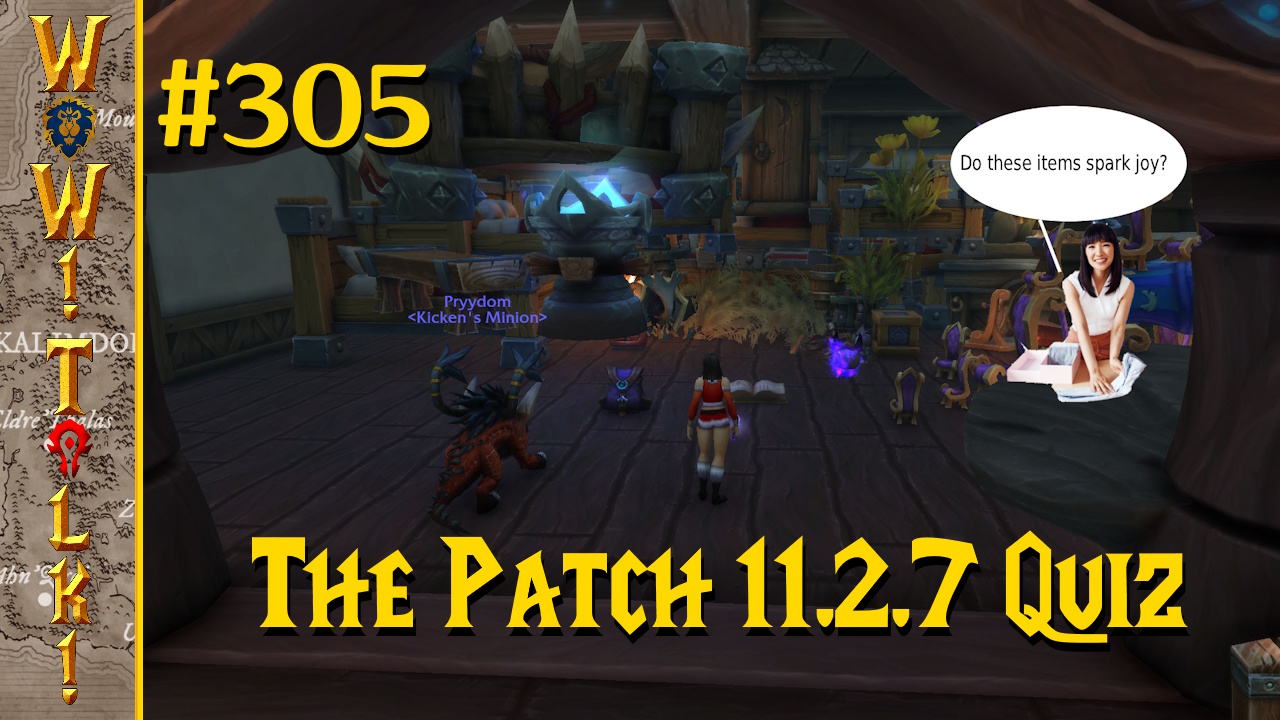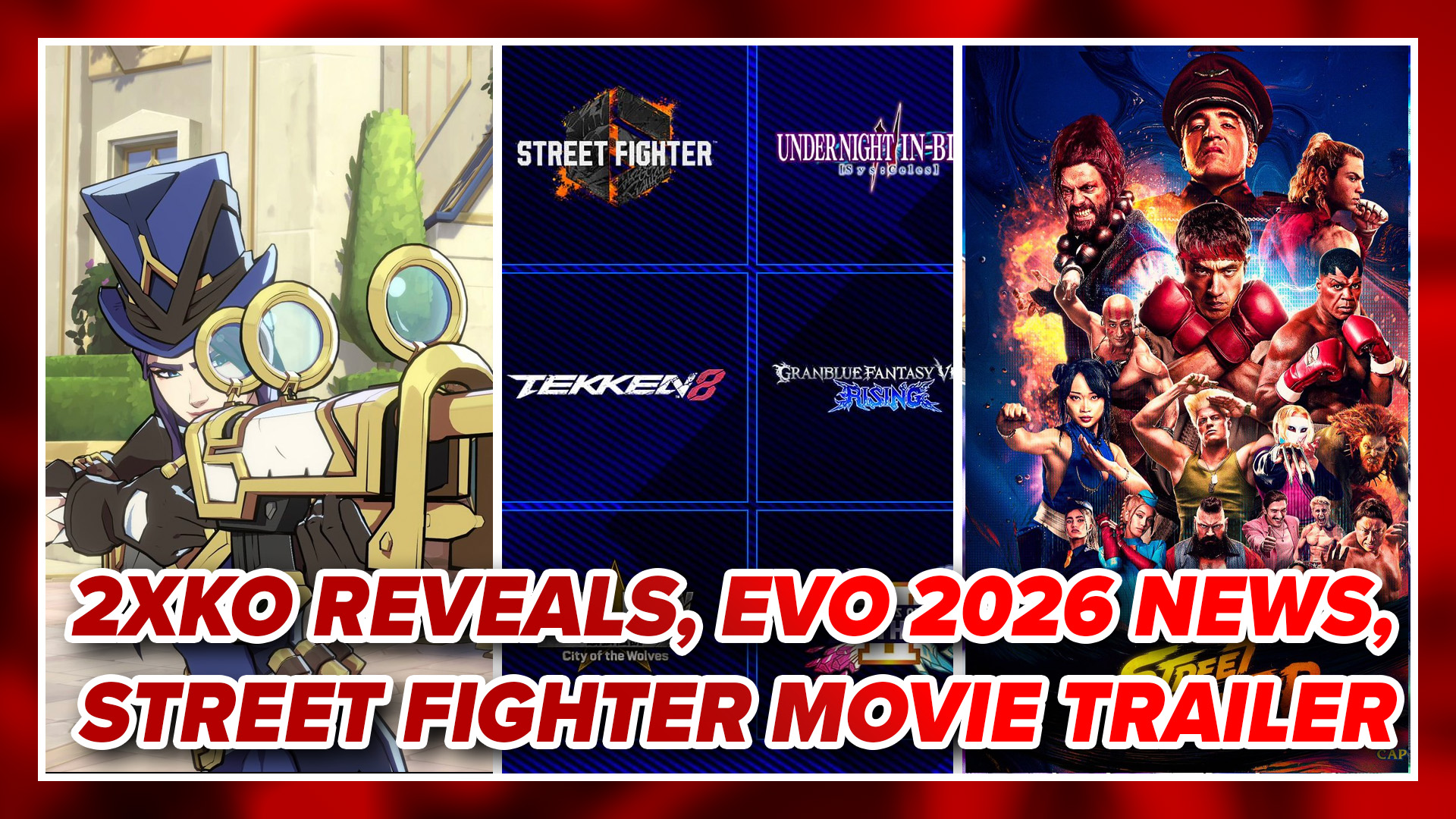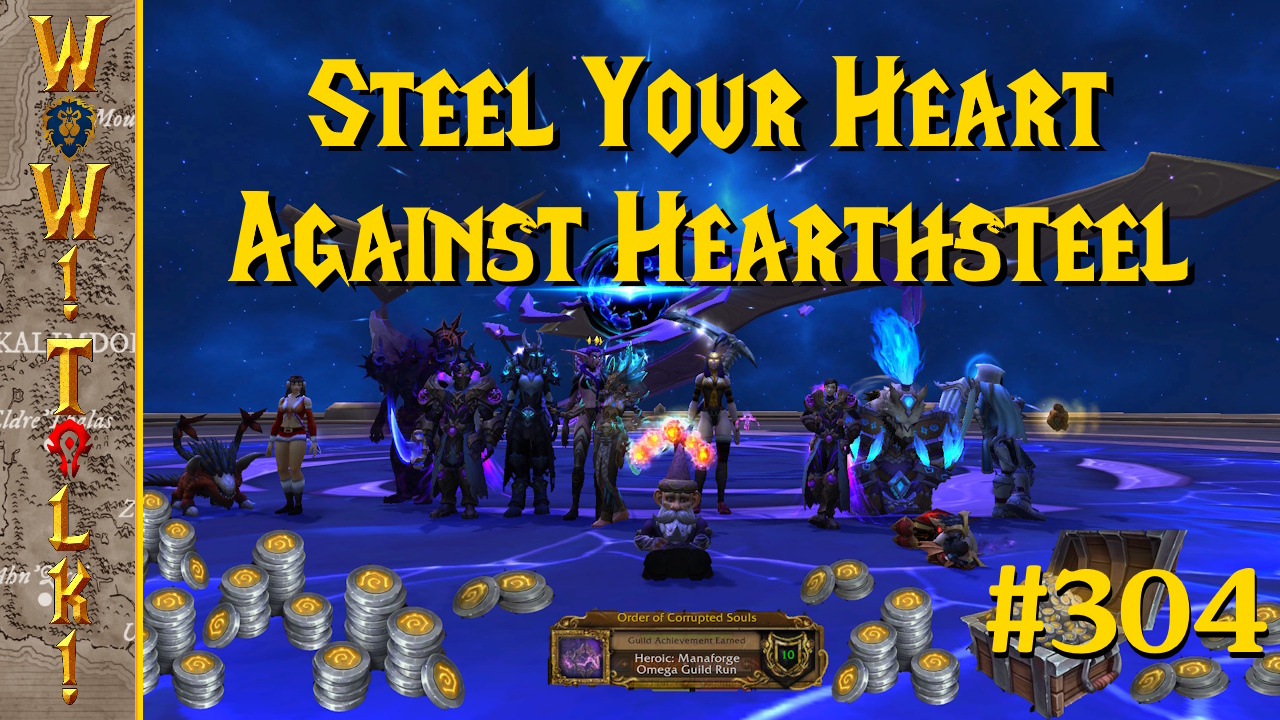
Let’s begin with a short history lesson… Around the summer of 2008 in Japan and 2009 in America, Sting would bring a strategy RPG to the Nintendo DS like no other. The game was entitled Knights in the Nightmare, and it merged 2 genres most would have thought unthinkable: strategy RPG + bullet hell shooter. The implementation was a little rough around the edges, but it proved to have a bit of a cult following to it. The sad part is that in America, Atlus had published the game as a $39.99 “limited edition” that included the “Tome of Lost Souls” art-book and soundtrack CD, which retails on the second hand market for quite a fortune. The game with these goods included can be found from $65 – $95 in new condition, and used/incomplete copies range from $20 – $60 depending on condition. It’s always a shame when greedy gaming boutiques and resellers do this, especially when the game is something that should be played by anyone who loves strategy RPGs.
In 2010 Sting decided to remix Knights in the Nightmare for PSP, and for people who have wanted to own one of the best portable strategy RPGs out there it’s a blessing. I will get into the reasons why in a short DS versus PSP segment much later.
The plot of the game begins with a mysterious maiden knight named Maria, who steals the soul container of the late King Wilmgard and facilitates reawakening him as “The Wisp”. King Wilmgard is drawn to the energies of the turmoil within his former castle and is guided by Maria to return to the castle, while awakening the souls of fallen knights to do battle against evil. While The Wisp is making the journey to Aventheim Castle, a grand conspiracy is underway to undermine the late king’s work and to collapse the castle from the inside. Valor, conspiracy, hope, and betrayal are the themes essential to the plot.

There used to be an embeded media player here, but it doesn't work anymore. We blame the Tumbeasts.
As mentioned in the prefacing history segment, Knights in the Nightmare is a strategy RPG that also merges elements from a bullet hell shooter game. As the trailer above may demonstrate, the gameplay can be chaotic. The tutorials within the game are wonderful, as once you get the hang of things the battle system is not as confusing as it seems initially. When you get real deep into the game, you find out more wonderful tips and tricks which will make battles into something that takes a little bit of thought and time. The conditions of battle are to win within 26 rounds, but we’ll explain how a victory is calculated in a bit. The battle portion of Knights in the Nightmare is broken into two portions: Tactics and (actual) Battle. These parts are quite important as they can make or break a battle.
The tactics portion of combat is an involved process not to be taken lightly. This is where you do your load-out, unit deployment, scope out your enemies, and survey the battlefield. The load-out is composed of 4 slots on the corners of your screen and it is where your weapons are placed for use in battle. The mode of use consists of dragging the weapon onto the compatible unit, letting the unit charge up, and then attacking. Unit placement is essential as it will determine whether a turn will be used properly or be an exercise in failure that we will examine later. Scoping out the enemy and terrain is a big piece of the tactics as you can examine the battlefield for valuable NPC’s (non-player characters) that can help you, treasure hidden in the battlefield, and even see enemy movement potentials. Battles take place in real-time, however, there is a catch…
Weapons in Knights in the Nightmare are much like other Japanese strategy RPGs that have categories (axes, lances, daggers, etc) and elemental affinities (fire, water/ice, wind, holy, darkness, etc), but there is one twist… There is an affinity of Law and/or Chaos to each weapon and this relates to the status of the battlefield. Additionally, each character class has an attack in either Law or Chaos Phases. For example, a warrior in the Law Phase will do a horizontal swipe with an axe in front of him of a range of 5 spaces, but in the Chaos Phase his attack becomes a W-shaped attack that shoots shockwaves. Also, each unit has a particular movement range that you have to keep in mind. For example: wizards, priestesses, archers, and hermits are advantageous from the back of the battlefield because their directions of attack affect how their hits count. There is also an Effect mechanism (based on a weapon’s level) that can change the outcome of battle based on the hit combo you perform in a current turn. An example would be a warrior’s Baldr +9 axe, which will give the ability to equip any weapon regardless of level if you score a 56 hit combo in the turn. However, there are also effects that are serious disadvantages as well. An example is the Beast Fang at 61 hits, which will disable the use of any Law Phase weapons you have.
The other key element to battle involves you as The Wisp. As The Wisp, you command and activate your troops to battle. Unlike most strategy RPG’s, there’s a twist… The Wisp has a “Life/HP” metric that is measured in time with the 60 second turn. Enemies on the field will fire bullets like a top-down bullet hell shooter and you will have to be quick about your reflexes to evade them. The player can use Triangle to increase The Wisp’s movement speed (to avoid homing attacks) and Circle for slowing movements down for more delicate evasion. To return to default movement speed, hit Square to revert back to it. Evasion is an important mechanic as it will save you lost time, because being hit by a bullet will knock seconds off of your turn and near-hit evasions will award you extra experience points as well. If you are surrounded and can’t make it out, the L button functions as a Hide command allowing you to take a reduced penalty for being hit by an enemy bullet(s).

Remember the discussion about weapons and characters functioning differently in Law and Chaos phases? The R button allows you to swap between those 2 phases. Character activation is done in 2 ways: hover over the unit, hold X until the unit is charged to your desired range, and let go to do an attack -OR- highlight one of the 4 equip slots, drag the weapon/item to the eligible unit, charge, and let go to attack. Character activation also includes recruiting units using key sentimental items that will reawaken the souls of fallen heroes, cause NPCs to give you valuable key items for future characters, or NPCs to give you rare weapons. There will also be containers and obstacles on the battlefield that can be opened/broken. Opening containers can be tricky because if you go in blind and decide to use a weapon powered attack, you can destroy the contents if your weapon is too powerful. However, if you play it safe and take your time to use normal attacks you can safely open containers to collect rare items that could be weapons or more key items to recruit future heroes.
The enemies on the field don’t just shoot bullets; sometimes they can attack a unit that is being activated. This makes it important that you as the player watch when you activate your units because if your units take too much damage, they can die. If the unit is required to be alive for story purposes and they die, it is an automatic Game Over. Another factor is that there are ways to stop some enemies from using special attacks. Whenever you see an enemy have a square with a counter in it, take The Wisp and swirl it around that icon. If you’re successful, you can jam an enemy’s attack. Finally, victory is calculated from a grid located in the bottom left of the screen. Each enemy is connected to a space on the grid and when you form a horizontal, vertical, or diagonal line of kill marks, the battle is over. The grid also allows you to see the HP values of the corresponding monsters as well.
Inventory and unit management is unique, and unlike traditional Japanese strategy RPGs. Weapons can be improved by imbuing their corresponding weapon essences and elemental orbs to give them up to a +9 bonus. However, on each addition of +1 there is a chance you could reduce the durability of a weapon depending on how high it is. For example: a Blizzard Rod +1 has a 94.5% chance of receiving a +1 upgrade with no durability loss, but a Golden Spear +8 may have a 36.1% chance of receiving a +1 upgrade with the odds on durability being lost. However, there is a way to cheat durability loss by Item Fusion.
Item Fusion works by letting you merge 2 weapons of the same name together and their respective durability scores added (ex: 9+9 = 18). If one of the weapons has a bonus (+5) and the other weapon has either no bonus or a lower score, then the lower weapon’s bonus is applied. This will allow the player to save some of their favorite weapons by fusion as well as raise durability to prevent a weapon from breaking due to battle use or modding weapons. Weapons may also be disassembled to harvest elemental orbs and weapon essences that can go towards other weapons. Unit leveling is done from an XP pool from which you as the player dispense points to the desired character. Of course when doing this, lost Vitality from battles recovers to a degree and the unit gets stronger. There is a limit though: certain units do have level caps and you as the player may have to make a choice. There is the ability to sacrifice the soul of a unit in exchange to make another unit more powerful and in some cases able to break a level cap. Don’t take this ability lightly, as your unit will take on some changes that will be shown to you on the details screen before you confirm the soul sacrifice.

I have played a little bit of the DS version of Knights in the Nightmare and I personally feel that the PSP transition is much more suitable for the game for a few factors. The Wisp control in my opinion works better with a controller than the stylus, and the button activated Law/Chaos Phase change is more concise. The graphics are a little more crisp from the remastering as well. The only disadvantage is that the PSP version does have loading times where the DS version does not. As an added bonus, if you have a save file from the PSP version of Yggdra Union, you also get a brand new storyline that involves Princess Yggdra for the PSP version of Knights in the Nightmare. I personally feel the advantages of the PSP version are worth the price of $29.99.
I will say I love the game dearly and, to be honest, I am not typically a strategy RPG fan. Knights in the Nightmare PSP offers a total of 3 storylines (Maria, Princess Yggdra, and a secret character), multiple difficulty levels, and the ability to do a New Game Plus; it’s a great bargain for the amount of entertainment in this game. If you buy the game now on PlayStation Network or as a UMD, you also get a free copy of Yggdra Union on PlayStation Network (a $14.99 value) while voucher supplies last. Anyone who wants a challenging strategy RPG to kill some downtime this holiday season should give it a look, because it’s definitely a bargain!




